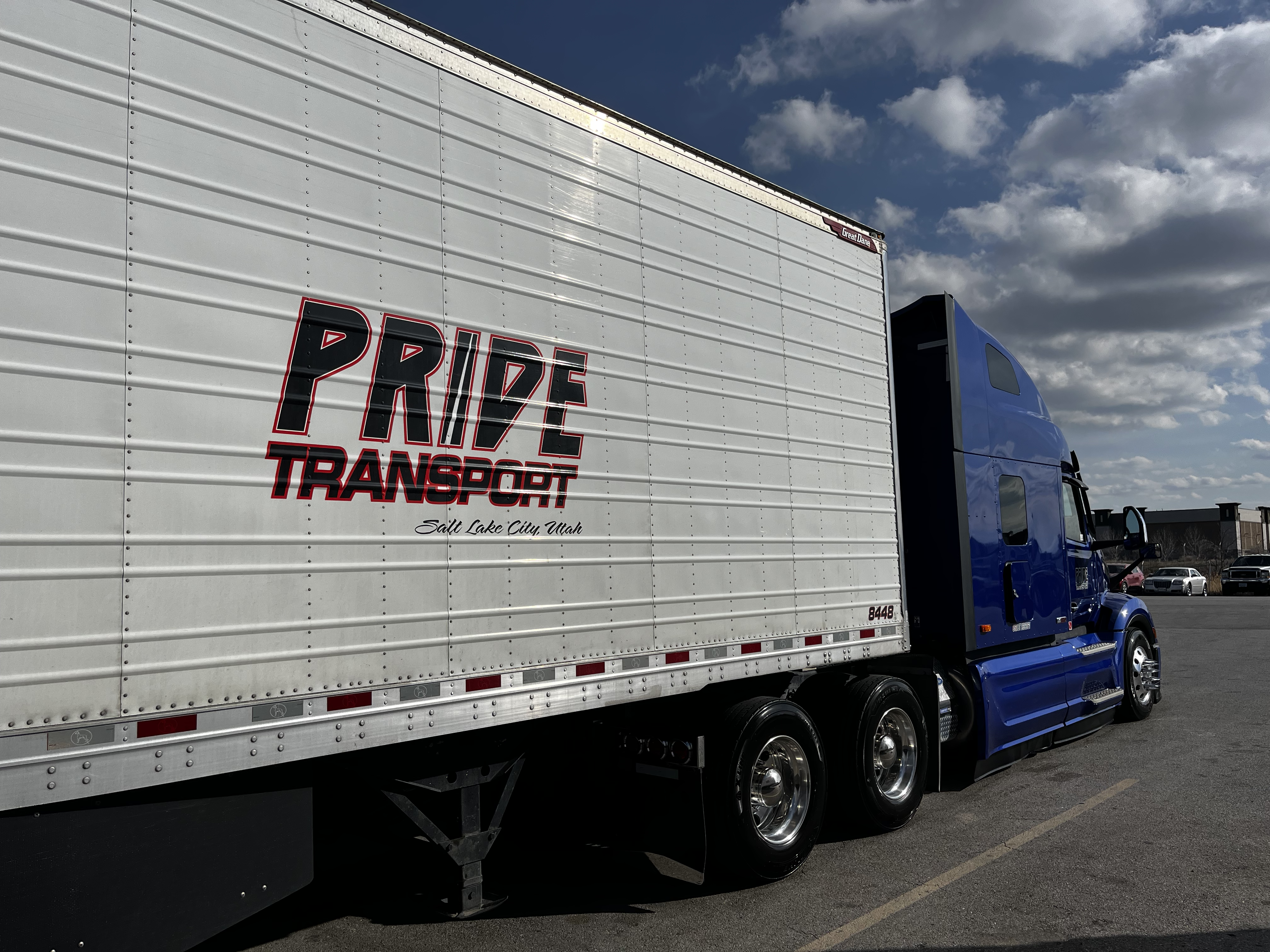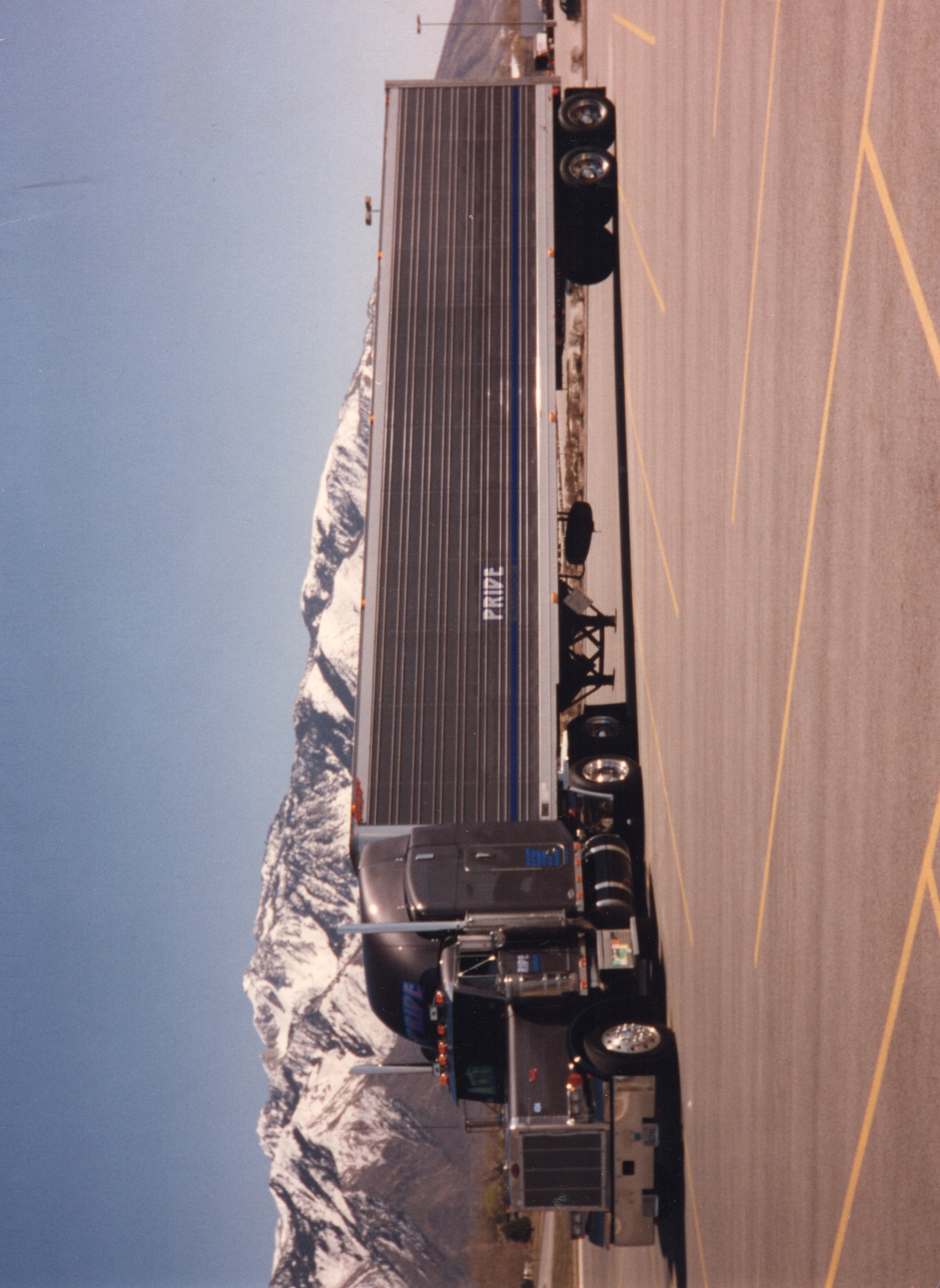by Pride Transport | Aug 09, 2024
When driving on the highway, you’ve likely noticed signs for weigh stations. These checkpoints aren’t meant for everyone, but new truck drivers need to pay close attention to weigh stations and be prepared for this important safety process. Keep reading for a closer look at weigh stations and how to prepare for them.
What Are Weigh Stations?
Weigh stations are designated stopping points for commercial motor vehicles weighing more than 10,000 pounds. The stations are run by officials who inspect CMVs to ensure they meet state and federal safety regulations. Inspections include checking the vehicle’s weight and could also require performing other standard safety checks.
Federal law prohibits fully loaded trucks from exceeding 80,000 pounds. Drivers may be granted exceptions, such as if the cargo can’t be broken down into smaller shipments and there are no other shipping alternatives. However, the exception only applies to that particular load delivery and ends as soon as the cargo is delivered.
Weigh stations play an important role in ensuring roadway safety. Too much weight puts excessive strain on the truck, especially on the tires and brakes. Blown tires and shot brakes are extremely dangerous to both the driver and everyone else on the road.
Additionally, overweight vehicles are more difficult to operate, which is especially true in bad weather conditions. Fully loaded trucks at a legal weight already require drivers to operate the CMV with extreme caution. An overweight vehicle is practically an accident waiting to happen.
Overloaded vehicles also create problems for national infrastructure. Roads and bridges are designed to handle specific weight limits. Overweight CMVs regularly traveling on bridges and roads with no regard for weight limits can cause extreme wear and damage, creating unsafe roadways over time.
Pre-Trip Planning
Trucks must stop at any and all operating weigh stations on their route. (If a weigh station is closed or non-operational, the driver can continue on their route until they see an operating weigh station.) There are at least 680 fixed stations along the U.S. highway system. This number doesn’t include portable weigh stations that are occasionally found in more remote parts of the country.
Drivers who bypass weigh stations risk being pulled over by law enforcement, fined, and potentially having their license suspended. Truck drivers who work for a trucking company may also negatively impact the company’s CSA score, which impacts the entire company — not just the driver. Drivers could also be fined or fired by their companies.
New drivers may see other trucks bypassing weigh stations, and in many cases, that’s because they have some type of pre-approved pass that allows them to legally bypass certain stations. Even if they participate in a bypass program, these trucks are still subject to specific criteria and aren’t permitted to pass every weigh station.

Compliance and documentation
Before your next trip, make sure your truck and cargo don’t exceed weight limits. Your company should have records stating the truck’s gross weight, so any cargo added shouldn’t take the total weight to over 80,000 pounds.
You’ll also need to complete a pre-trip inspection. This is a good time to make sure you have your required documentation somewhere that it can be easily accessed. FMCSA suggests having the following documents ready in the case of any inspection:
- Commercial driver’s license (CDL)
- Medical Examiner’s Certificate or waiver
- Skill Performance Evaluation Certificate (if applicable)
- Paper logbook (good to have along with your electronic logging device)
- Vehicle registrations for the truck or tractor and trailer (if applicable)
- Periodic inspection document for all vehicles being operated
- Shipping papers or bills of lading
- Receipts obtained throughout the trip
- Information required for hazardous materials being transported (if applicable)
- Proof of insurance
What To Expect at the Weigh Station
If you’ve planned your route beforehand, you should have a general idea of when to expect a weigh station stop. Still, stay alert and scan for signs so you don’t accidentally miss the exit.
If you’re already traveling in the lane furthest to the right, you’re in a good position to safely take the exit. Drivers who aren’t already in that position need to be mindful of weigh station signage as well as surrounding traffic so that you can safely transfer lanes without missing the exit or causing an accident.
Once you’ve committed to the exit, continue slowing the truck down to the posted speed limit. Weigh stations are regulated by individual states (typically a state’s department of transportation coordinating with the state highway patrol), so the exact specifications and processes will vary slightly depending on where you are.
Weighing in and inspections
Weigh stations use truck scales to measure vehicle weight. Some scales require the truck to come to a complete stop while being weighed; newer scales weigh in motion, so the truck can keep moving forward while being weighed. If your truck is within the weight limit and gets a green light, you’re typically cleared to leave the weigh station and return to your route.
If you’re not immediately cleared, officials may conduct further vehicle checks. This doesn’t always mean that something is wrong; it’s just part of the process of keeping the roadways and drivers safe. Inspections can range from verifying appropriate paperwork to a full vehicle inspection (similar to what you’d do on a pre-trip inspection) to checking a single safety feature.
Follow any requests from the officials and maintain a professional and courteous demeanor. Being patient and polite can help to ensure you get back on the road faster.
If your vehicle is overweight, you will be fined, and fines vary by state. Repeat offenders can expect to pay even heavier fines. Even a single instance of an overweight vehicle can also negatively impact your company’s CSA score, so it’s vital that you double-check your vehicle weight before driving.
Pride Prepares You for Weigh Station Success
Weigh station stops are part of the job, but with the right preparation, they don’t have to be complicated. When you drive for Pride Transport, you can trust that your truck is properly maintained and secured to meet all federal and state regulations. If you’re ready for something new, check out Pride’s driving opportunities today!
